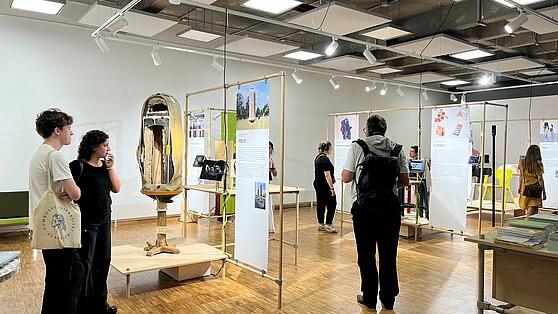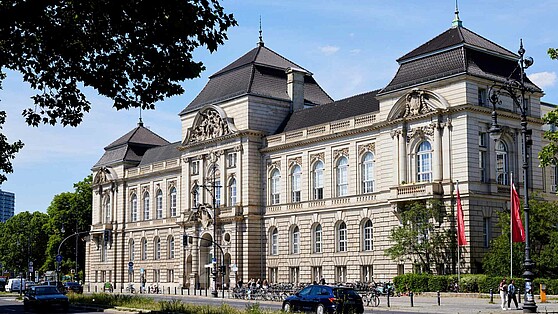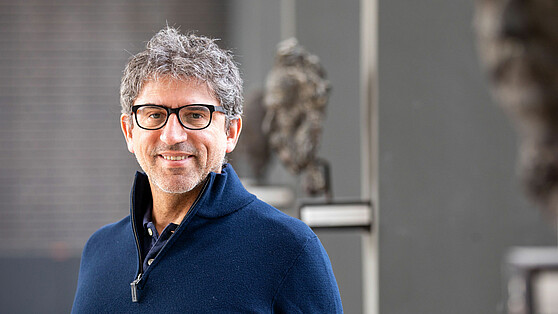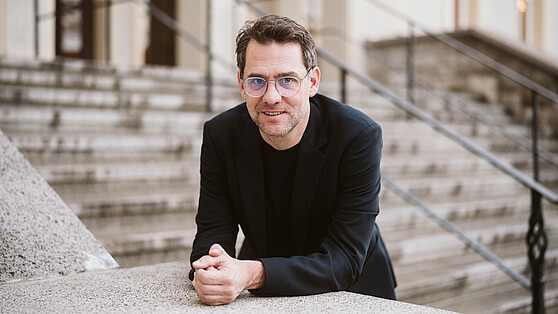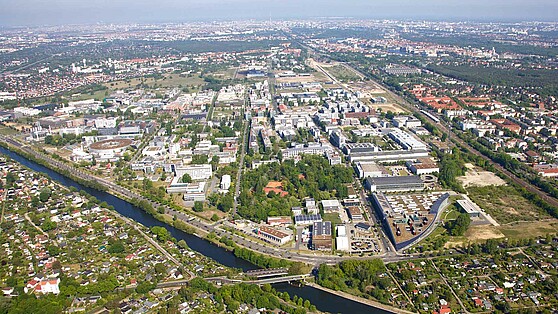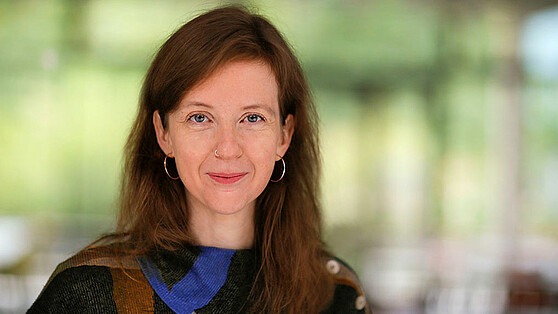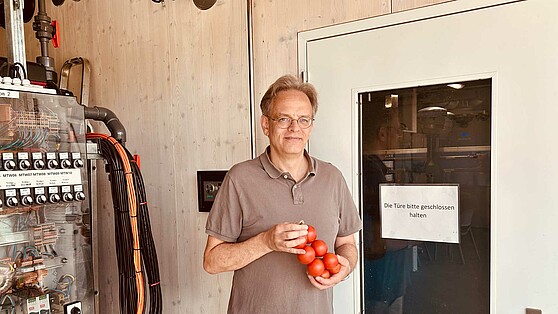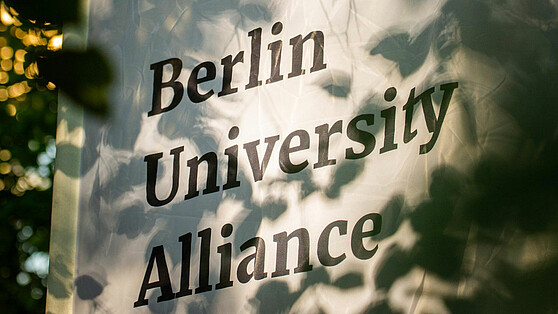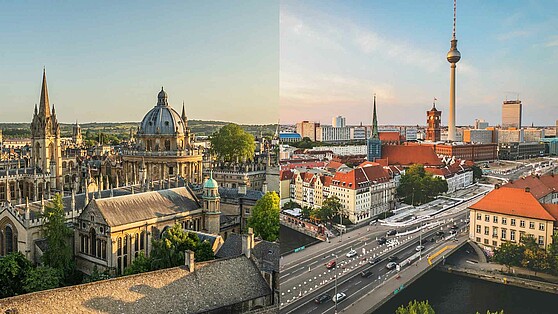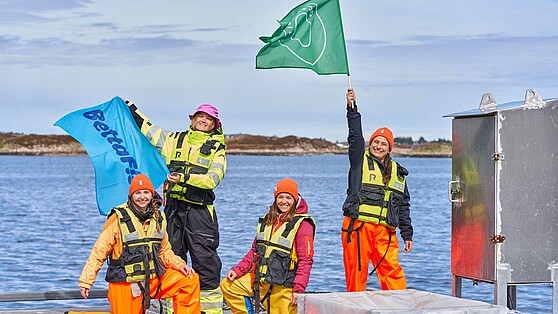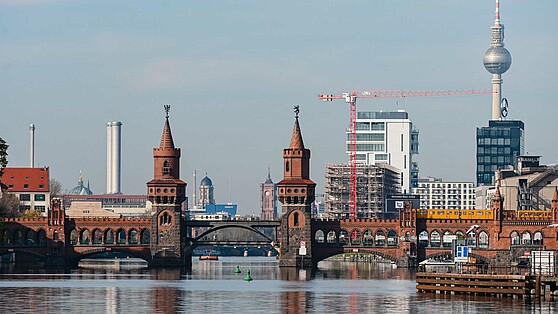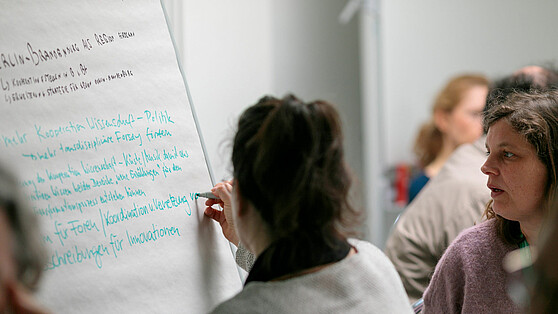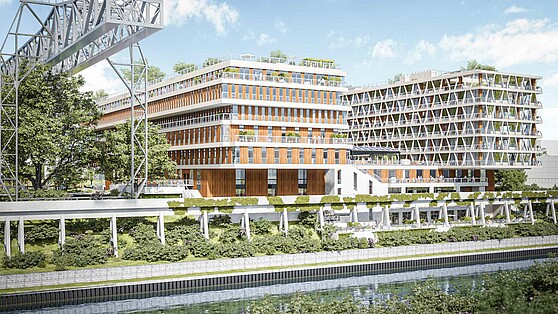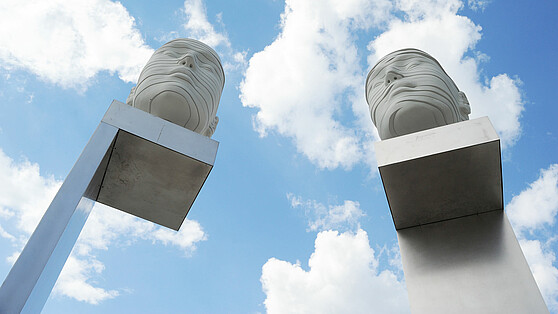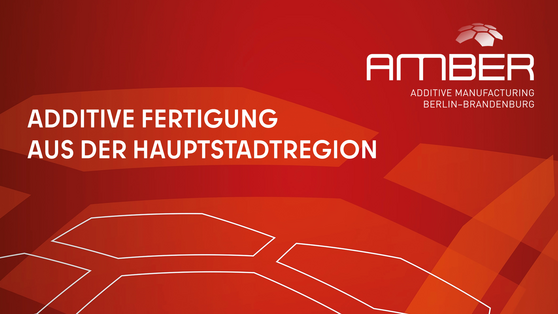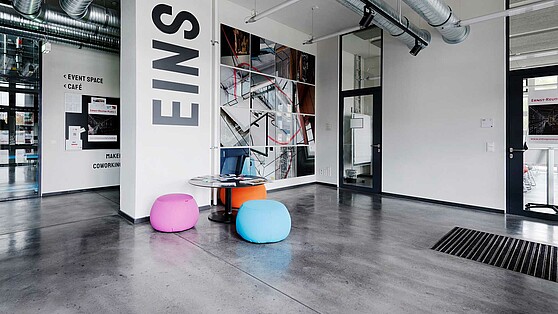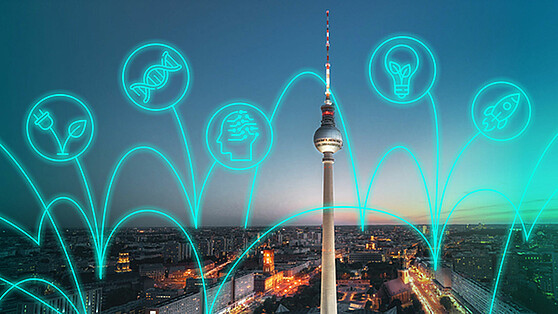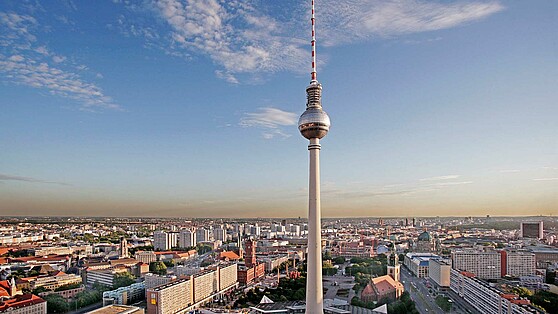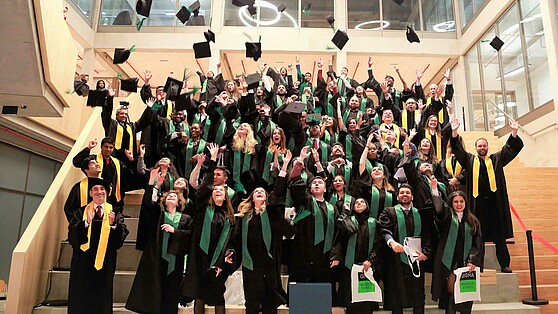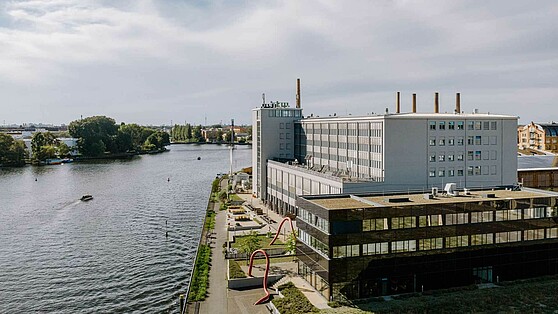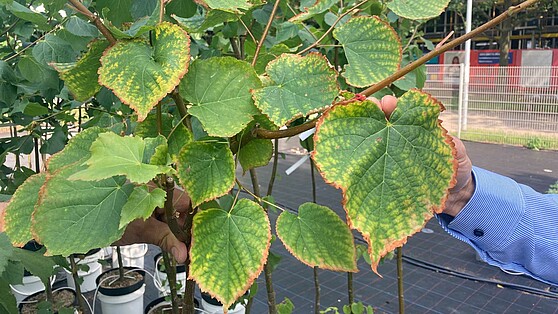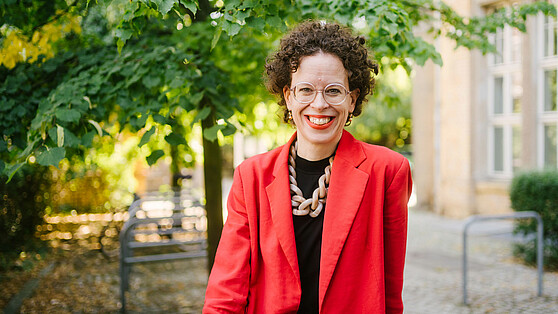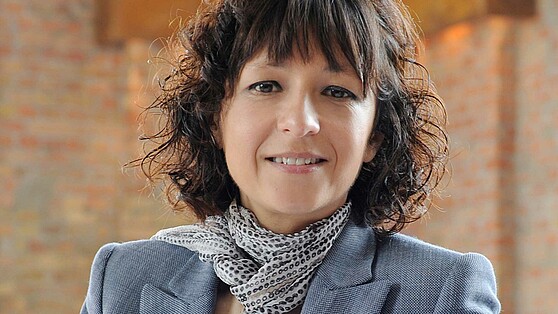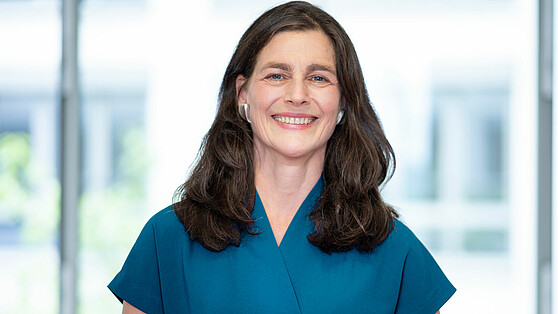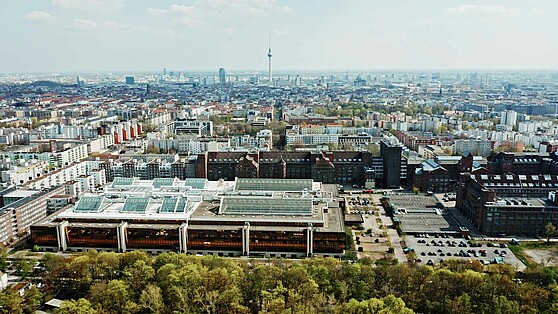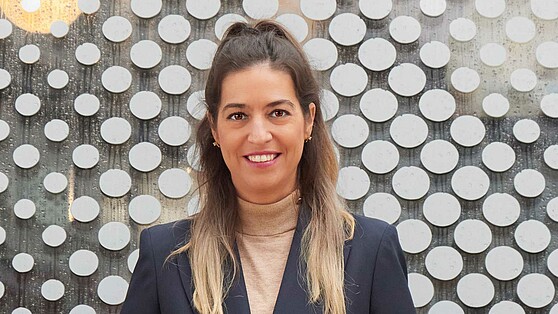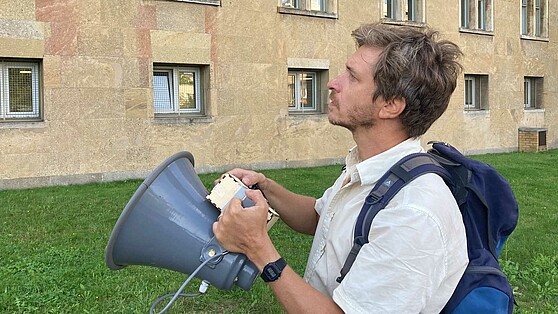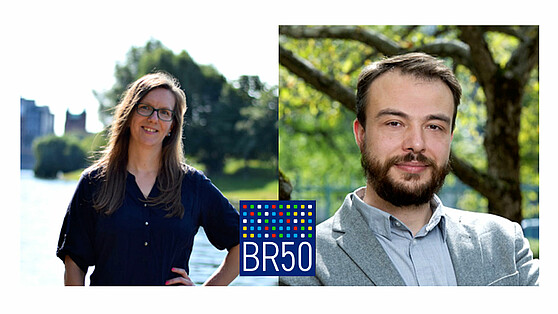-
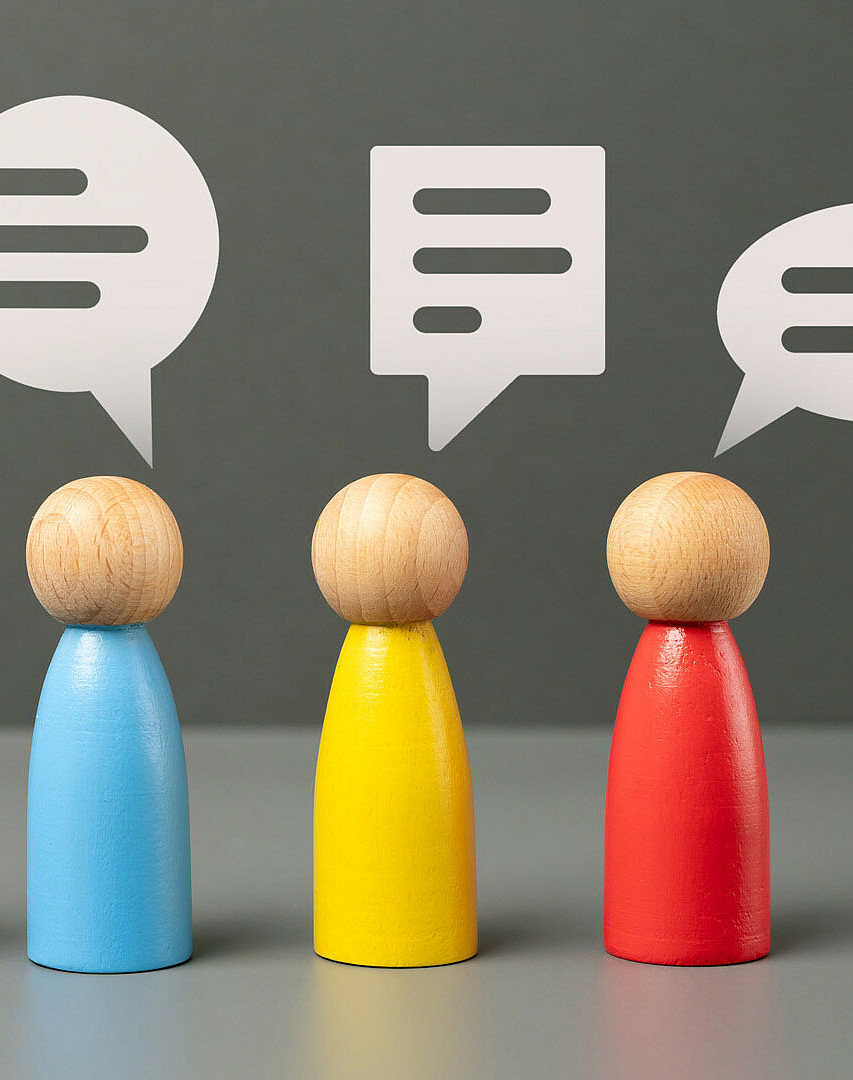
© Shutterstock / Andrii Yalanskyi
09.09.2024“Science must be able to explain what it does”
Communicating science in a way that is relevant to everyday life and easy to understand – that is the approach of Prof. Dr. Sascha Friesike. The Brain City Ambassador is Director of the Weizenbaum Institute for the Networked Society and heads the study program “Leadership in digital Innovation" at the Berlin University of the Arts. On the rbb YouTube channel “Menschen und Muster” (“People and Patterns”) he provides entertaining social science answers to the small and big questions of everyday life. In the interview, he talks about why he does this – and how the cooperation between science and society could be expanded.
Prof. Dr. Friesike, at the Weizenbaum Institute you are working on transformation processes. What is your focus in this?
What really always concerns me is digital change. And also why this is happening so terribly slowly in many places. I also spent a lot of time thinking about the interface between science and the rest of society. On the one hand, science is becoming increasingly complex and compartmentalised in what it investigates. On the other hand, it does this for society and not for its own sake. I am interested in the challenges associated with this. I somehow have a tendency to be interested in such meta questions.
You produce the video series “Menschen und Muster” with Rundfunk Berlin-Brandenburg. There you answer everyday questions in a sociological and entertaining way. What does this have to do with research?
The series with the rbb was created in the wake of Corona. People wanted me to give lectures via webcam and then put them on the Internet. I thought: Somehow that can’t be the last word in wisdom. I searched the net for programmes with social science content and found surprisingly few. So we started thinking about how we could relate social science theory, talked to the rbb, produced a pilot – and that’s how things took their course. Lately my topics have been moving a bit away from what classical science does. This means that purely intra-scientific communication, which mainly takes place via papers, is something I find less and less exciting. I believe that the interface between science and society could be exploited even better. It has so much potential.
Doesn’t this fall more under classic science journalism?
Science journalism tells science from a journalistic perspective. Our idea is, I am working on the scripts with two doctoral students: Science must be able to explain what it does. The technical implementation, illustration, editing etc. are of course done by professionals at the broadcaster. We write the scripts from a scientific point of view and try to make theories tangible by making them relevant to everyday life. Our aim is to explain theoretical concepts in such a memorable way that viewers can rediscover them in their everyday lives.
And that means?
Instead of “dumbing down” content, we try to explain: It’s complicated, but you can understand it all if you want to, and it can be fun too. Behind the abstract and complicated terms there is nothing more than connections that can be explained. But you have to unpack it all first to understand it. There is a concept in science called “physics envy”. Physics is perceived as a particularly scientific discipline. Just type “science” into Google Image Search. You will have to scroll through lab coats, microscopes and telescopes for a long time before you find anything from the social sciences. Other disciplines envy physics this status a little. And that is why attempts are often made to perform a particular scientific approach – for example through a complex language or complex models. And that makes it increasingly difficult for outsiders to understand. This of course creates a distance between the many relevant contents and society.
How can this distance be reduced?
I believe that collaboration with society is a totally underestimated vehicle. Every year I give a doctoral seminar on “Generating Impact with Academic Work” at the VU University in Amsterdam. My colleague and I ask the doctoral students a simple question: “Why are you doing this research?” Actually, all participants want to achieve something that lies outside science; to make the world a little better. It shocks them every time they realise during the course that they have no plan as to how this could happen. And that they have not been trained to convey the content of society. We then talk a lot about cooperation opportunities, for example. You don’t have to be able to do everything yourself. In 2022, I wrote an essay together with science journalist Thomas Ramge, for which we even received a prize from the Hertie Foundation. Learning how he constructs a story as a journalist was really helpful for me. I also benefited from working with the editors at rbb. They comment on every script and then say what is too abstract for them or which comparisons are not easy to understand. I think this interaction is extremely important. But there is too little teaching on how to do this.
Why is that?
First of all, there is no time. The pressure to communicate within the scientific community, i.e. to publish papers, is extremely high in many disciplines. This absorbs time away from other activities, so to speak. But one must also admit that a certain arrogance is noticeable in science. I also observe this among the doctoral students in my course. They like to believe that they could easily write a successful non-fiction book without ever having done it or spoken to anyone who has done it before. But you first have to build up these skills on a small scale. People who do this really well have had to go through a long period of self-teaching. How to communicate research results in such a way that they are also understood outside the ivory tower is hardly taught anywhere. At the institute we often offer workshops on this topic.
How do your colleagues react to your work?
Surprisingly positive. In science there is always the fear of being criticised or even embarrassed. So far, however, the opposite has been the case: Colleagues contact me, suggest topics and even offer to help directly.
How do you think science communicates best?
Science communication has long been characterised by the so-called deficit model. After that, it was their task to compensate for the lack of knowledge in society so that science would be accepted and supported. This model is now considered paternalistic and is therefore largely rejected. Today, the focus is more on an equal exchange at eye level. We once did a study on science slams that helps explain this well. On the one hand, the speakers must credibly convey their professional expertise. On the other hand, they must be accessible to the audience. And that’s not so easy. Choice of words, clothing – in the past, science appeared much more distant. At the Weizenbaum Institute, we would not be able to carry out many projects at all without working on them together with societal stakeholders. Quite simply because we lack their perspective. Together, you achieve results that you would not have found on your own. We therefore also like to use the term “dialogue”. Which can be a bit misleading, because our YouTube videos, for example, are more like monologues. But the process of creation is dialogic.
So the topics you work on at the institute mostly come from outside?
We usually have an idea at the institute. External partnerships often already exist, with which work is carried out with varying degrees of intensity. One of our doctoral students is currently writing her dissertation on the rbb project. She documents the processes ethnographically and analyses them as part of her work. We have a number of other projects where we have been approached and given access that allows us to address exciting research questions. What we don’t do is pure contract research. I believe that we can do much more at the interface between science and society. And that many of the pressing questions we currently have can only be addressed if we work together.
Interview: Ernestine von der Osten-Sacken
More information
- weizenbaum-institut.de
- rbb YouTube channel “Menschen und Muster” (German only)
- UdK degree program Leadership in Digital Innovation (German only)
- Brain City Ambassador Prof. Dr. Sascha Friesike

